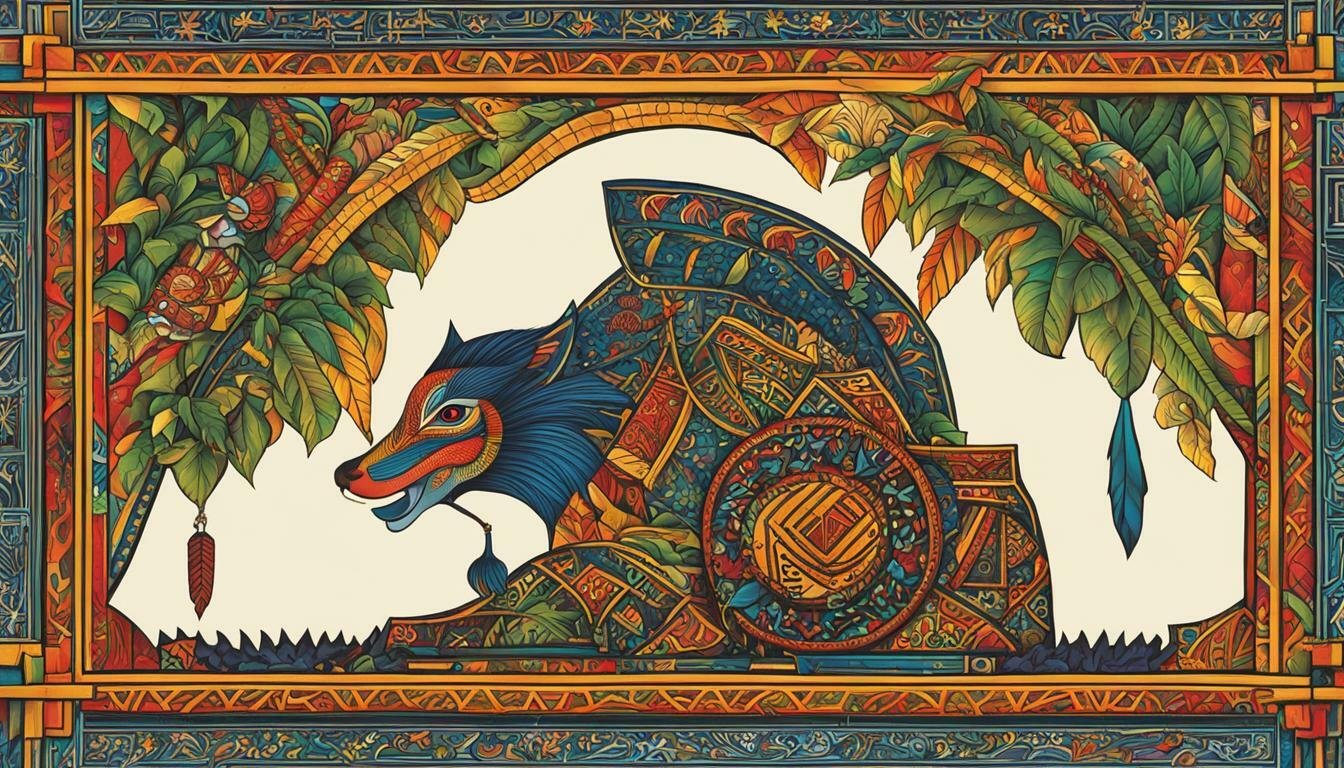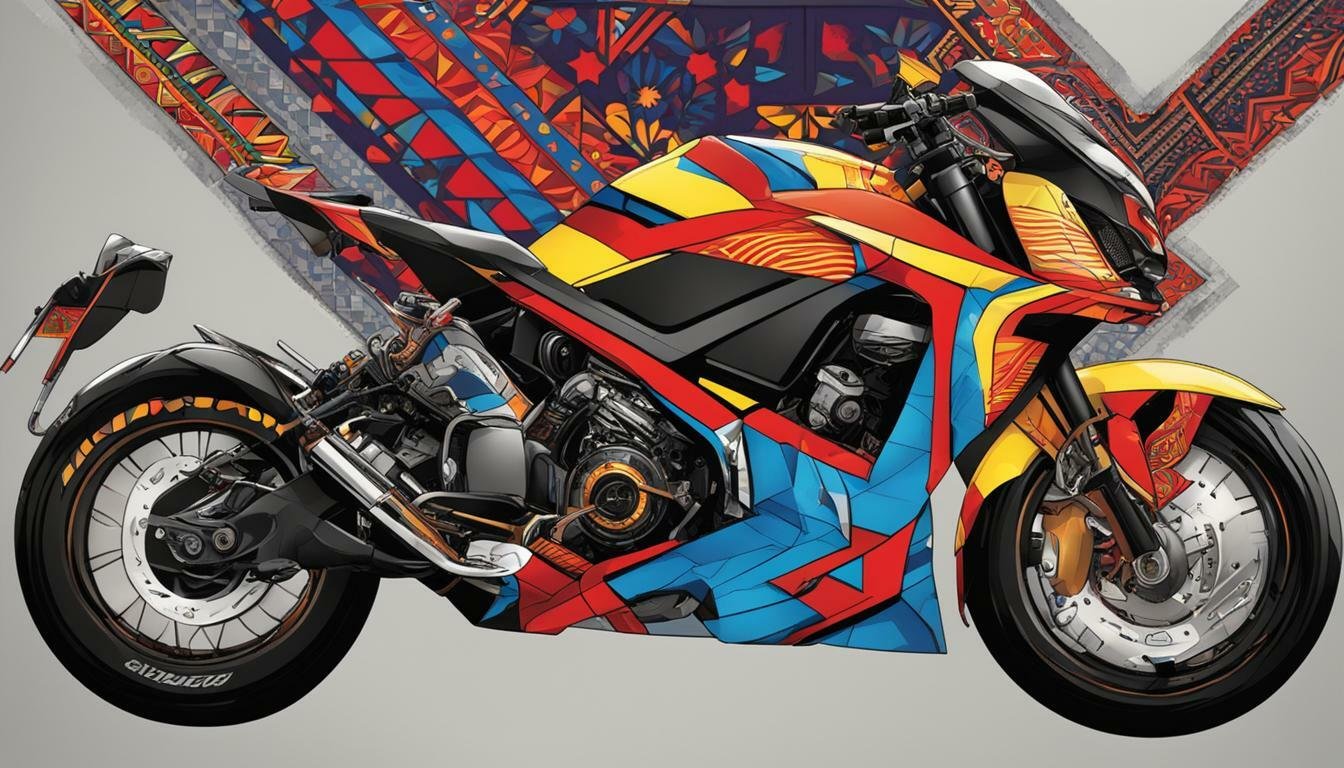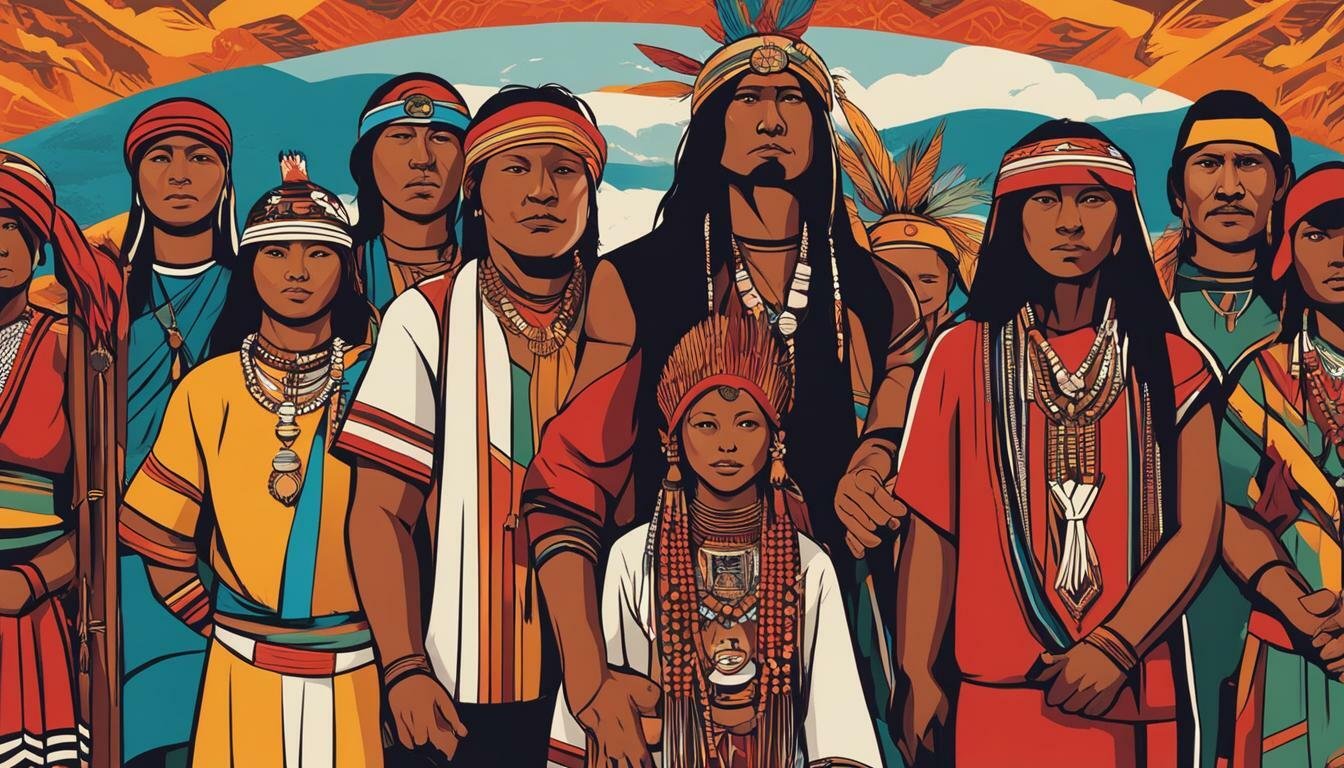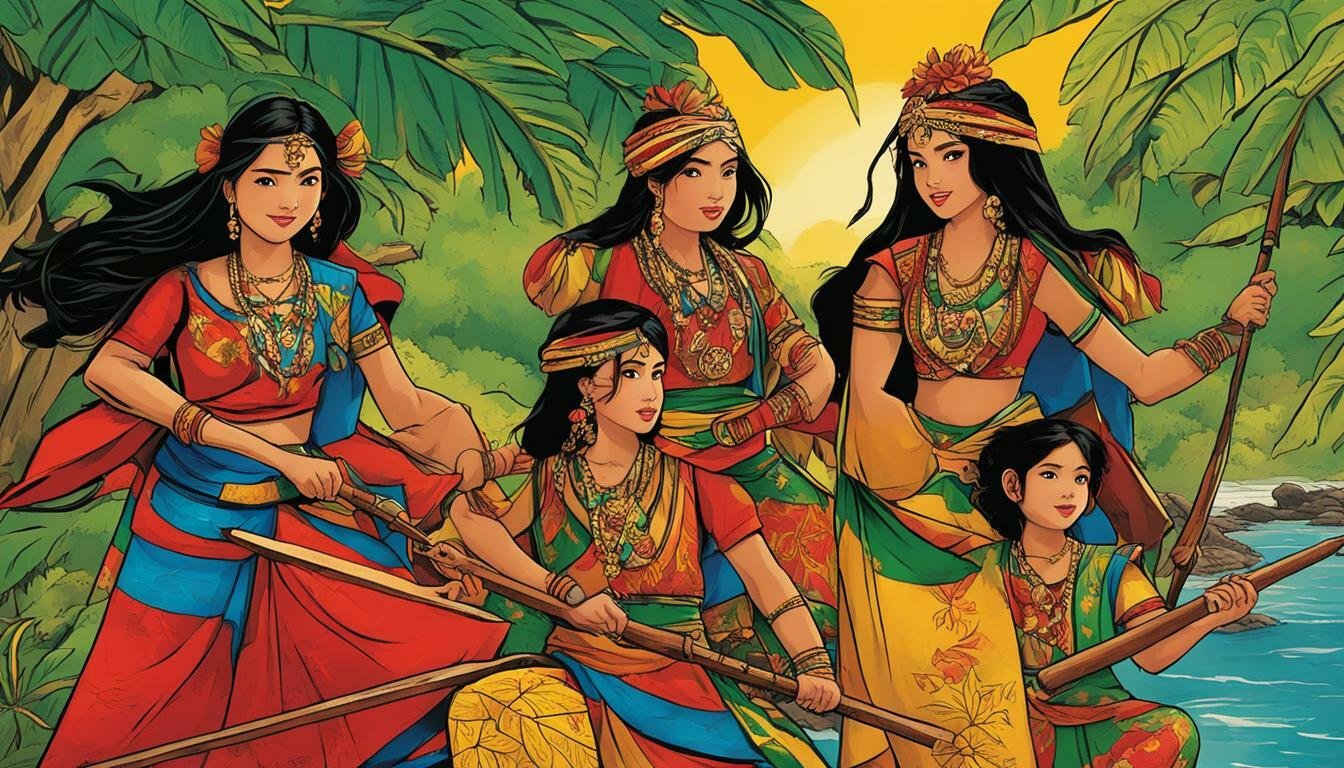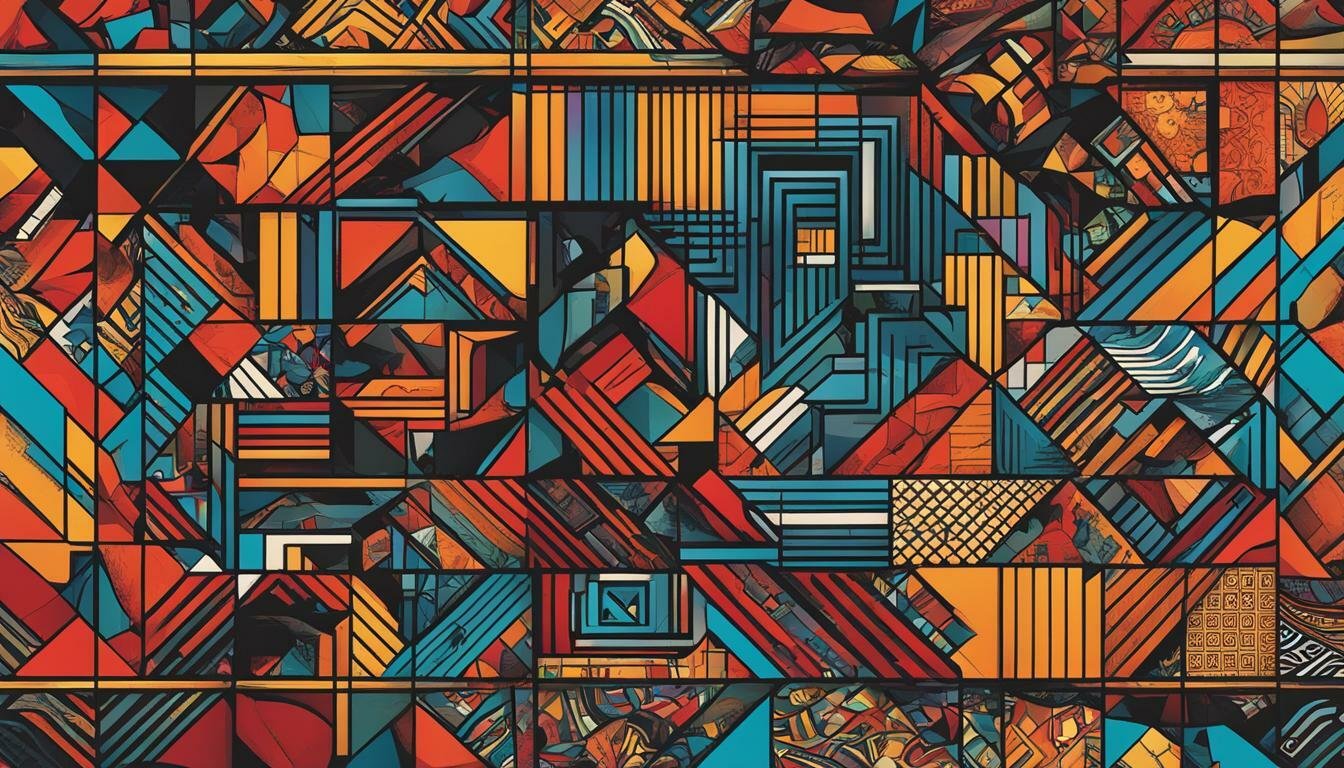The archipelago of the Philippines is renowned for its stunning natural beauty, vibrant culture, and perhaps most significantly, its incredible linguistic diversity. Scattered across its more than 7,000 islands are hundreds of distinct languages, each a repository of history, tradition, and unique ways of understanding the world. Among these is the Ivatan Language, spoken by…
Filipino Culture and Heritage
Kankana-ey Language of the Philippines
The Philippines, an archipelago of over 7,000 islands, is a tapestry woven with diverse cultures and languages. Numbering over 180 distinct tongues, the Languages of the Philippines reflect a complex history of migration, interaction, and adaptation. Among these linguistic treasures, nestled high in the mountains of Northern Luzon, is the Kankana-ey Language (also spelled Kankanaey…
Kapampangan Language of the Philippines
The Philippines, an archipelago of over 7,000 islands, is a vibrant tapestry of cultures and languages. Among the most prominent and historically significant ethnolinguistic groups are the Kapampangans, primarily inhabiting the province of Pampanga in the Central Luzon region. At the heart of their distinct identity lies their language: Kapampangan, affectionately known as Amanung Sisuan,…
Indigenous Peoples’ Rights Act (IPRA) of 1997: A Comprehensive Overview
The Indigenous Peoples’ Rights Act (IPRA) of 1997, officially designated as Republic Act 8371, stands as a landmark piece of legislation in the Philippines. Enacted during the administration of President Fidel V. Ramos, this comprehensive law sought to recognize, protect, and promote the rights of the country’s Indigenous Cultural Communities (ICCs) / Indigenous Peoples (IPs)….
Isneg Language of the Philippines
The Philippine archipelago is a tapestry woven with hundreds of distinct languages and cultures, each contributing unique threads to the nation’s identity. Among these linguistic gems is the Isneg language, also known as Isnag, the ancestral tongue of the Isneg people who predominantly inhabit the northernmost reaches of the Cordillera Administrative Region, specifically within Apayao…
Karay-a Language of the Philippines
The Philippines, an archipelago of over 7,000 islands, boasts a breathtaking diversity of cultures and languages. Among these linguistic treasures is Kinaray-a, often referred to as the Karay-a Language, a significant member of the Visayan languages group spoken primarily in the province of Antique on Panay Island in the West Visayas region. More than just…
Itneg Language of the Philippines
The archipelago nation of the Philippines boasts an incredible tapestry of linguistic diversity, a testament to its complex history and vibrant cultural mosaic. Among these myriad tongues is the Itneg Language, a vital linguistic heritage belonging to the indigenous communities primarily residing in the mountainous province of Abra in Northern Luzon. Often referred to interchangeably…
Ilocano Language of the Philippines
The Philippines, an archipelago of over 7,000 islands, is a tapestry woven with diverse cultures and languages. Among the most prominent threads in this vibrant mosaic is the Ilocano language, also known as Ilokano or Iluko. Spoken by millions primarily in Northern Luzon and by a significant global diaspora, Ilocano is more than just a…
Exploring the Culture and Traditions of the Isneg People
The mountainous Cordillera region of Northern Luzon in the Philippines is home to a diverse tapestry of indigenous communities, collectively often referred to as Igorot. Among these distinct groups reside the Isneg people, also known as the Isnag or Apayao, inhabiting the lush river valleys and forested slopes of Apayao Province. Their unique culture and…
Discover the Magic of Maitum Anthropomorphic Pottery
The Philippine archipelago boasts a rich and layered past, stretching back millennia before the arrival of colonial powers. Unearthing this deep history often relies on the silent testimonies of artifacts buried beneath the soil. Among the most captivating and revealing of these are the Maitum Anthropomorphic Pottery, unique ceramic vessels that offer an extraordinary window…

